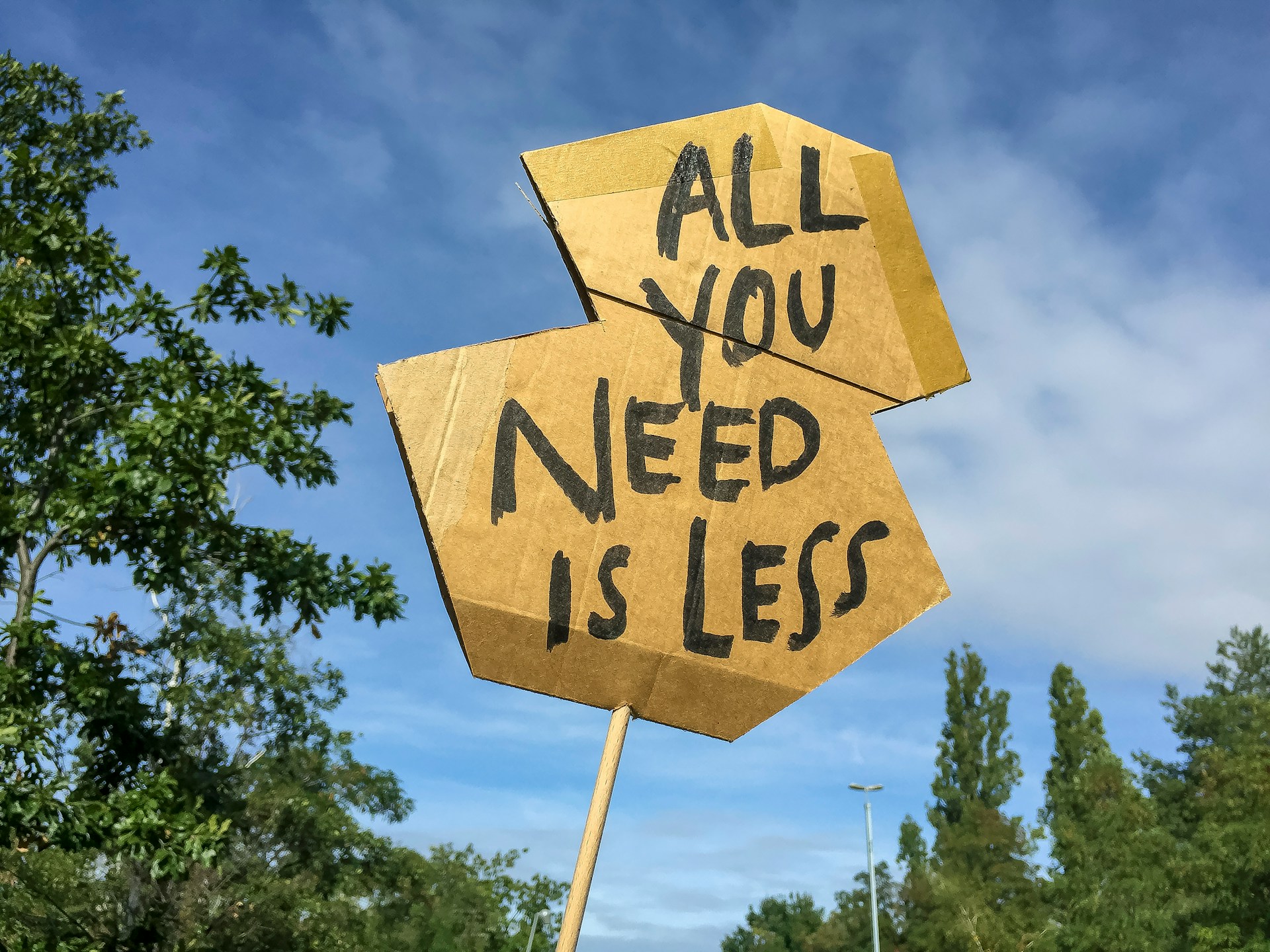- Types of Carbon Credit Verification Standards
- Verified Carbon Standard (VCS)
- Gold Standard
- Climate, Community, and Biodiversity Standards (CCBS)
- The Carbon Credit Verification Process
- Conclusion
- Take Action with Decarbon
- More wikis
As the world continues to combat climate change, carbon offsetting has become increasingly common as a way to mitigate the impact of carbon emissions. Carbon credits are a tradable commodity that represent the reduction of one ton of carbon dioxide equivalent (CO2e) emissions. However, not all carbon credits are created equal. Verification standards have been put in place to ensure the effectiveness of carbon removal and to prevent fraud.
Types of Carbon Credit Verification Standards
There are several carbon credit verification standards in use today. Some of the most popular are:
Verified Carbon Standard (VCS)
The Verified Carbon Standard is a globally recognized standard for the certification of carbon credits. It ensures that carbon credits are real, additional, measurable, permanent, and verified by an independent third party. The VCS is widely regarded as the most rigorous carbon offsetting certification standard.
Gold Standard
The Gold Standard is another widely recognized standard for carbon credit certification. It was initially aimed at reducing emissions from clean energy projects, but it has since expanded to include many other types of projects. The Gold Standard requires that carbon credits meet the same requirements as the VCS, and it also requires that projects meet additional sustainable development criteria.
Climate, Community, and Biodiversity Standards (CCBS)
Unlike the VCS and Gold Standard, the Climate, Community, and Biodiversity Standards do not focus solely on carbon credits. Instead, they aim to provide a framework for projects that benefit both the environment and local communities. The CCBS standards require that projects meet specific criteria related to climate change mitigation, community development, and biodiversity conservation.

The Carbon Credit Verification Process
The carbon credit verification process is designed to ensure that carbon credits are legitimate and effective. Here's how it works:
- Project development: A project developer creates a plan for reducing carbon emissions, such as planting trees or investing in renewable energy.
- Independent verification: An independent third party reviews the project plan and verifies that it meets the requirements of the chosen carbon credit standard.
- Carbon credit issuance: Once the project has been verified, carbon credits are issued based on the amount of carbon emissions that are expected to be reduced.
- Carbon credit retirement: The carbon credits are then retired, meaning that they can no longer be traded or used by anyone else. This ensures that the carbon reduction is not double-counted.
Conclusion
Carbon credit verification standards are an essential part of the carbon offsetting process. They ensure that carbon credits are legitimate and effective, and they help prevent fraud. While there are several different standards in use today, the Verified Carbon Standard and the Gold Standard are widely regarded as the most effective at carbon removal. By understanding these standards and the verification process, we can make informed decisions about how to reduce our carbon footprint and combat climate change.
Take Action with Decarbon
Join the fight against climate change by using Decarbon, the app that helps you reduce your carbon footprint and track your progress. With Decarbon, you can easily calculate your carbon footprint, set goals to reduce it, and track your progress over time. Decarbon works for both individuals and businesses.

By using Decarbon, you can also purchase carbon credits to offset your carbon footprint and support verified and certified projects that reduce carbon emissions. With every purchase, you are contributing to the fight against climate change and making a positive impact on the environment and society.
Download Decarbon today and start taking action to reduce your carbon footprint. Together, we can make a difference.
More wikis


























